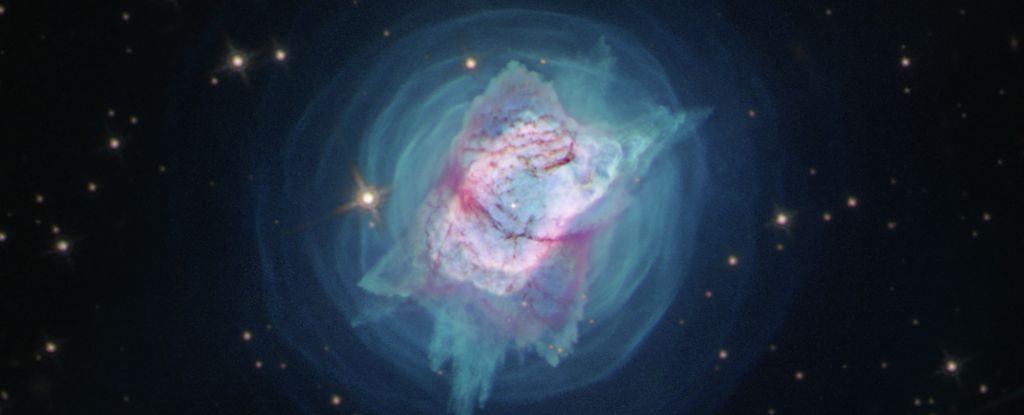
Researchers have successfully recreated the first chemical reactions that occurred after the Big Bang, shedding light on the early processes that formed the Universe. A team led by Florian Grussie at the Max Planck Institute for Nuclear Physics (MPIK) in Germany synthesized the helium hydride ion (HeH+), a molecule formed from a neutral helium atom and an ionized hydrogen atom. This breakthrough offers critical insights into the formation of molecular hydrogen (H2), the most abundant molecule in the Universe and a key ingredient for star formation.
Insights into Early Chemical Processes
Approximately 13.8 billion years ago, the Universe was a hot and dense mixture of fundamental particles. It took around 380,000 years for these particles to cool sufficiently to form the first elements: approximately 75 percent hydrogen, 25 percent helium, and trace amounts of lithium. Hydrogen remains a dominant component in the Universe today, forming clouds of molecular gas that are essential for creating stars.
The molecule HeH+ is believed to have played a pivotal role in cooling the early Universe, enabling these molecular clouds to contract under their own gravity and eventually form the first stars. Its unique structure, characterized by a substantial separation of positive and negative charges, allows it to dissipate heat effectively in the presence of an electric field.
Experimental Conditions and Findings
The groundbreaking experiments took place at MPIK’s Cryogenic Storage Ring, a specialized facility that replicates the vacuum conditions of deep space at temperatures just above absolute zero, around -267 degrees Celsius (approximately -449 degrees Fahrenheit). Researchers examined interactions between HeH+ and deuterium, a hydrogen isotope with one extra neutron.
In these experiments, the team directed two beams of particles—one containing HeH+ molecules and the other neutral deuterium—toward each other. By varying the speed of the beams, they could manipulate the energy at which the particles collided, acting as a proxy for temperature. Surprisingly, the reaction rate remained consistent regardless of the temperature, indicating that HeH+ played a more significant role in early chemical reactions than previously thought.
Physicist Holger Kreckel from MPIK noted, “Previous theories predicted a significant decrease in the reaction probability at low temperatures, but we were unable to verify this in either the experiment or new theoretical calculations by our colleagues. The reactions of HeH+ with neutral hydrogen and deuterium therefore appear to have been far more important for chemistry in the early Universe than previously assumed.”
The findings were published in the journal Astronomy & Astrophysics, contributing valuable information to our understanding of cosmic history and the formation of stars. The research underscores the importance of HeH+ in the chemical processes that shaped the early Universe.







